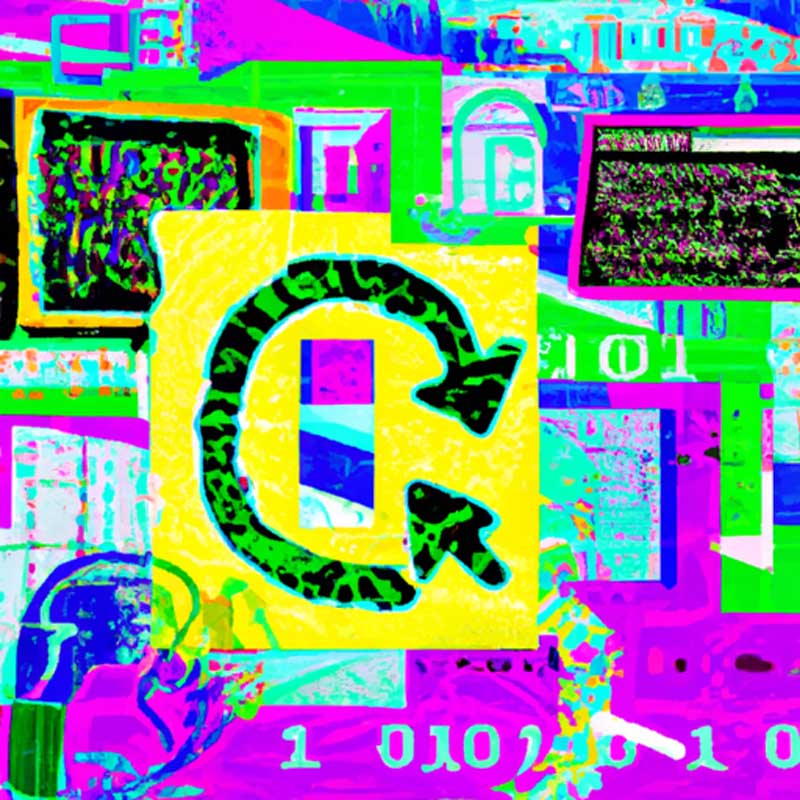TLDR:
• Court in Washington state bans the use of AI-enhanced video evidence in a triple murder trial
• AI tools like image upscalers are often misunderstood and don’t provide clearer visuals
Key Elements of the Article
In a recent article titled “Court Bans Use of ‘AI-Enhanced’ Video Evidence Because That’s Not How AI Works,” it was reported that a judge in Washington state has blocked AI-enhanced video evidence from being submitted in a triple murder trial. The judge, Leroy McCullough, highlighted the fact that AI tools use opaque methods and can lead to confusion and a distortion of eyewitness testimony. This decision is crucial in highlighting the limitations of AI technology, especially when it comes to visual data.
The case involved a 46-year-old accused of killing three people at a bar outside Seattle in 2021. Lawyers for the accused wanted to introduce cellphone video that had been AI-enhanced, raising questions about the validity and implications of using such altered footage in a trial setting. It was revealed that the AI tool used to enhance the video was developed by Topaz Labs, indicating that such technology is available to the general public.
The article also delves into the widespread misconceptions surrounding AI imaging tools, with many believing that running media through AI upscalers can provide a clearer picture of existing visual information. However, it was demonstrated that AI tools actually add information that was not present in the original footage, leading to potential distortions and misinformation.
Overall, the article emphasizes the importance of understanding the limitations of AI technology and the dangers of relying on AI-enhanced evidence in legal proceedings. It serves as a reminder that while AI may have potential benefits, it is crucial to approach its applications with caution and skepticism.
